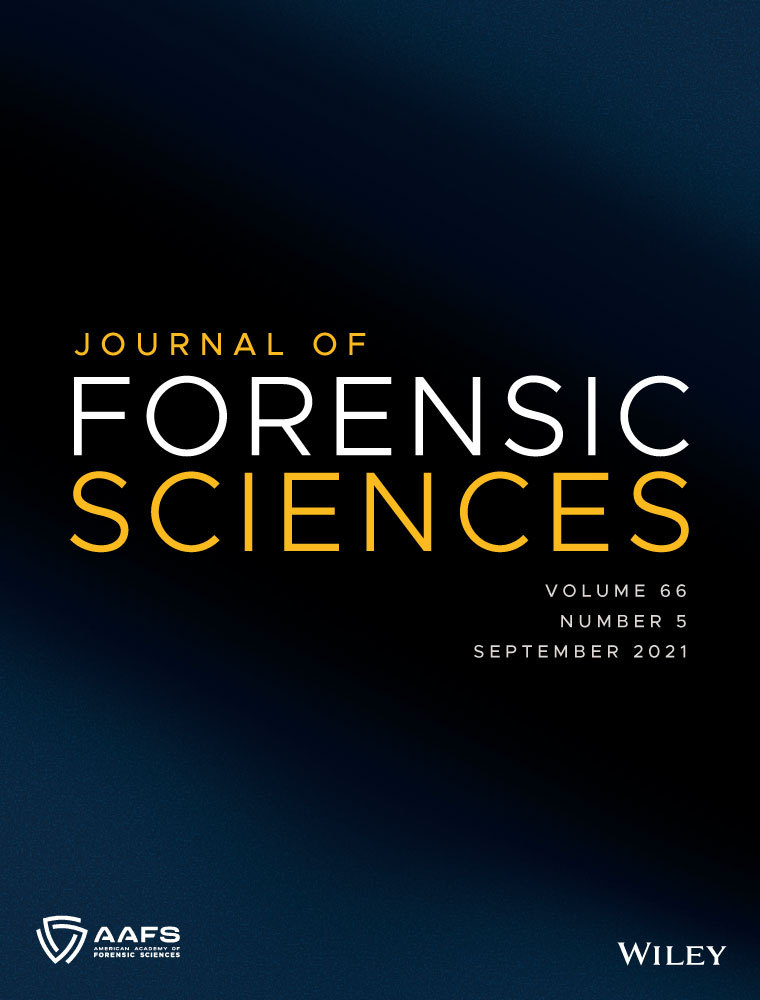Novel extraction chemistry and alternative amplification strategies for use with rootless hair shafts
Presented at the 2020 Summer Association of Forensic DNA Analysts and Administrators Conference, August 6, 2020, in Houston, TX; the 72nd Annual Scientific Meeting of the American Academy of Forensic Sciences, February 17-22, 2020, in Anaheim, CA; and the 30th International Symposium on Human Genetics, September 23-26, 2019, in Palm Springs, CA.
Funding information
This research was funded by the Lucas Research Grant Program distributed by the Forensic Sciences Foundation.
Abstract
Rootless hair shafts are often considered unsuitable for STR genotyping due to the known high failure rate. The same samples can be reliably processed with mitochondrial sequencing. However, the minimal discriminatory power of widely implemented control region mitochondrial sequencing techniques limits its utility in some forensic casework. In this research, multiple variables were tested to provide information on rootless hair shaft sample genotyping success. Results showed external decontamination procedures decreased drop-in alleles but also greatly reduced profile recovery. The novel InnoXtract™ chemistry was comparable to automated EZ1 DNA Investigator extraction. With thoroughly decontaminated hairs, InnoTyper® 21 amplification generated random match probabilities higher than STR chemistry in 71.875% of samples and 18.75% of samples benefitted from the use of InnoTyper® 21 amplification compared with estimated mtDNA profile rarity. Compared with the capillary electrophoresis-based amplification chemistries tested, the ForenSeq™ DNA Signature Prep chemistry paired with massively parallel sequencing was the most discriminatory amplification strategy tested.
CONFLICTS OF INTEREST
Dr. Bobby LaRue is currently an employee of Verogen Inc. All work described was completed prior to his employment. There are no other potential conflicts of interest.




